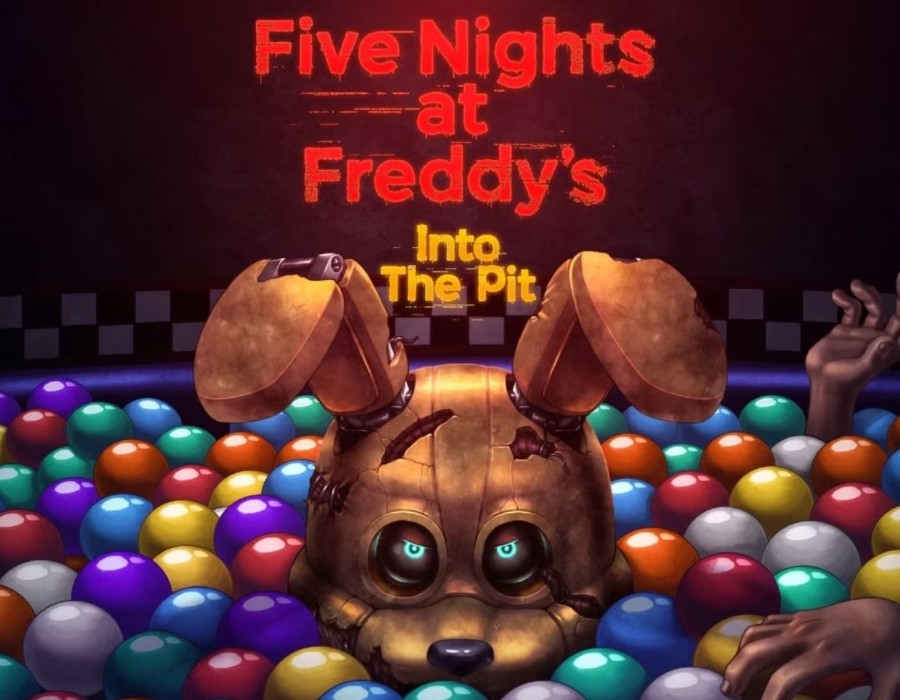Five Nights at Freddy’s (FNaF), created by Scott Cawthon and first released in 2014, quickly evolved from an indie horror game into a multimedia cultural phenomenon. Its blend of minimalist gameplay, intense atmosphere, emergent lore, and passionate fan community has made it both commercially successful and influential in the modern horror landscape. This article examines the game’s design, narrative strategies, cultural impact, controversies, and lasting legacy.
Gameplay and design: simplicity that breeds tension
At its core, FNaF is elegantly simple: the player is a night-shift security guard at Freddy Fazbear’s Pizza, tasked with surviving five nights against animatronic characters that become hostile after hours. Gameplay revolves around resource management (limited power), monitoring security cameras, and timing door and light controls. The restricted viewpoint and stationary nature of the player amplify helplessness, turning ordinary tasks—checking cameras, closing doors—into heart-pounding decisions.
This minimalist approach demonstrates how constraints can enhance horror. Without complex controls or combat mechanics, the game relies on audio cues, sudden jump scares, and the uncanny movement of animatronics to generate fear. The repetition of nights and escalating difficulty create a ritualistic tension that keeps players engaged.
Storytelling through implication: lore as a puzzle
One of FNaF’s most compelling features is its fragmented, cryptic narrative. Rather than delivering a linear story, the series scatters cryptic clues—security tapes, newspaper clippings, cryptic minigames—forcing players to piece together a backstory involving missing children, haunted animatronics, and corporate malfeasance. This emergent lore model turned storytelling into a participatory experience, encouraging theory-crafting across forums, wikis, and video essays.
Cawthon’s choice to obscure rather than explain created a feedback loop: every new title or update added more ambiguous details, which fans dissected to form elaborate theories. This approach broadens engagement beyond gameplay into detective work and community collaboration.
Cultural impact and transmedia growth
FNaF’s success spawned sequels, books, merchandise, and a film adaptation in development, illustrating how indie IPs can scale into cross-media franchises. It revitalized interest in “campy” animatronic horror and inspired other indie developers to pursue atmospheric, mechanic-light horror designs (e.g., Outlast’s focus on evasion and observation). The series also helped popularize reaction and analysis videos, giving rise to a sub-industry of content creators who analyze FNaF lore.
The fandom’s creativity—fan art, fan games, cosplay, and fanfiction—has reinforced the franchise’s cultural footprint. For younger audiences, the characters became iconic figures; for the internet, FNaF became a case study in community-driven lore-building.
Blog:
https://paidforarticles.in/five-nights-at-freddys-horror-mechanics-and-cultural-impact-top-10-890061
https://www.invastor.com/blog/213724-Five-Nights-at-Freddys-Horror-Mechanics-and-Cultural-Impact/
https://pinaunaeditora.com.br/five-nights-at-freddys-horror-mechanics-and-cultural-impact/
https://www.cqcinvestigations.co.uk/five-nights-at-freddys-horror-mechanics-and-cultural-impact/
https://thequikads.com/items-for-sale/games/five-nights-at-freddys-a-deep-dive-into-the-phenomenon
https://avicounsel.com/five-nights-at-freddys-a-deep-dive-into-the-phenomenon/
https://prismo.fedibird.com/posts/cae0a0b6-2e61-45db-874e-accd960d5698
https://ayema.ng/blogs/284811/Five-Nights-at-Freddy-s-A-Deep-Dive-into-the
https://biiut.com/read-blog/8835_five-nights-at-freddy-s-a-deep-dive-into-the-phenomenon.html
https://prismo.fedibird.com/posts/cae0a0b6-2e61-45db-874e-accd960d5698





Comments